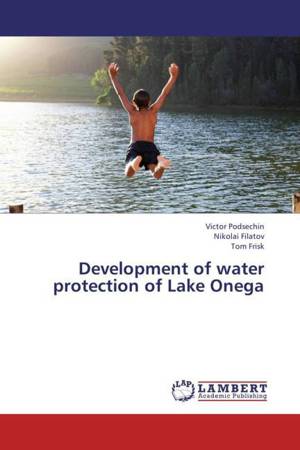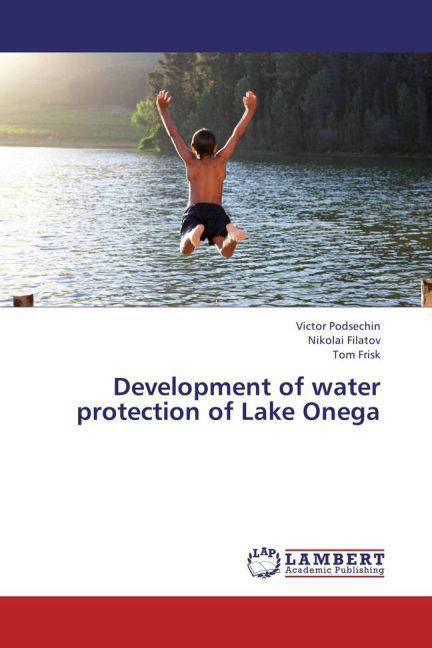
- Afhalen na 1 uur in een winkel met voorraad
- Gratis thuislevering in België vanaf € 30
- Ruim aanbod met 7 miljoen producten
- Afhalen na 1 uur in een winkel met voorraad
- Gratis thuislevering in België vanaf € 30
- Ruim aanbod met 7 miljoen producten
Zoeken
Development of water protection of Lake Onega
Victor Podsechin, Nikolai Filatov, Tom Frisk
Paperback | Engels
€ 45,95
+ 91 punten
Omschrijving
Lake Onego is the second largest lake in Europe after Lake Ladoga. The area of the lake is 9800 square km, its max depth is 127 m and the average depth is about 30 m. The main cities located on the shore of the lake are Petrozavodsk and Kondopoga. The lake is connected to the Baltic Sea via the River Svir, Lake Ladoga and the Neva River. Russia is not joining the European Union (EU) in the near future. However, there is tendency to adopt the central principles of many EU directives also in Russia. Water Framework Directive gives the main guidelines about organization of water management. The aim of the study was to investigate the status of Lake Onego, to assess pressures and risks threatening the lake and make a general plan for water protection to guarantee a good chemical and ecological status of the lake. In this work, different steady-state and dynamic catchment and water quality models were used to assess the effects of different loading scenarios. While Lake Onego preserves a good ecological status as a whole, the problems with pollution and eutrophication exist in Petrozavodsk and Kondopoga Bays where anthropogenic loading is more pronounced.
Specificaties
Betrokkenen
- Auteur(s):
- Uitgeverij:
Inhoud
- Aantal bladzijden:
- 80
- Taal:
- Engels
Eigenschappen
- Productcode (EAN):
- 9783659355363
- Verschijningsdatum:
- 25/03/2013
- Uitvoering:
- Paperback
- Afmetingen:
- 150 mm x 220 mm
- Gewicht:
- 127 g

Alleen bij Standaard Boekhandel
+ 91 punten op je klantenkaart van Standaard Boekhandel
Beoordelingen
We publiceren alleen reviews die voldoen aan de voorwaarden voor reviews. Bekijk onze voorwaarden voor reviews.








